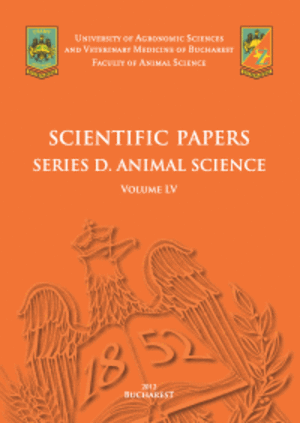Published in Scientific Papers. Series "Management, Economic Engineering in Agriculture and rural development", Vol. 25 ISSUE 1
Written by Amalia VELICU
The quality of educational infrastructure and material resources influences teachers' perceptions of the effectiveness of practical training for students in vocational and technical education, especially in rural areas, where resources are often limited. The study analyzes the relationship between teachers' perceptions of the curriculum, educational infrastructure and continuing training and examines the extent to which these variables are associated with the adequacy of students' training to the demand of the labor market. The research used a quantitative methodology, applying a structured questionnaire to a sample of 272 teachers from two counties in Romania - Argeș and Vâlcea. Data analysis was performed using Pearson correlation and t-test for independent samples, investigating three objectives: assessing the relationship between the curriculum and the perception of graduates' employability, analyzing the impact of infrastructure on teachers' satisfaction and examining the effect of continuing training on the perception of the quality of education. The results indicate a weak correlation between perceptions of the curriculum and estimates of graduate employability, suggesting that teachers’ perceptions are not a clear predictor of students’ professional integration. In contrast, the analysis highlights a strong association between the quality of infrastructure and teachers’ satisfaction with students’ practical training, suggesting that the endowment of educational institution splays a major role in the evaluation of the training process, with significant implications in rural areas. The independent samples t-test does not indicate a significant difference between teachers who participated in in-service training and those who did not, raising questions about the real impact of these programs on perceptions of the quality of education.
[Read full article] [Citation]

 Next Issue will be published according the the calendar.
Next Issue will be published according the the calendar.



